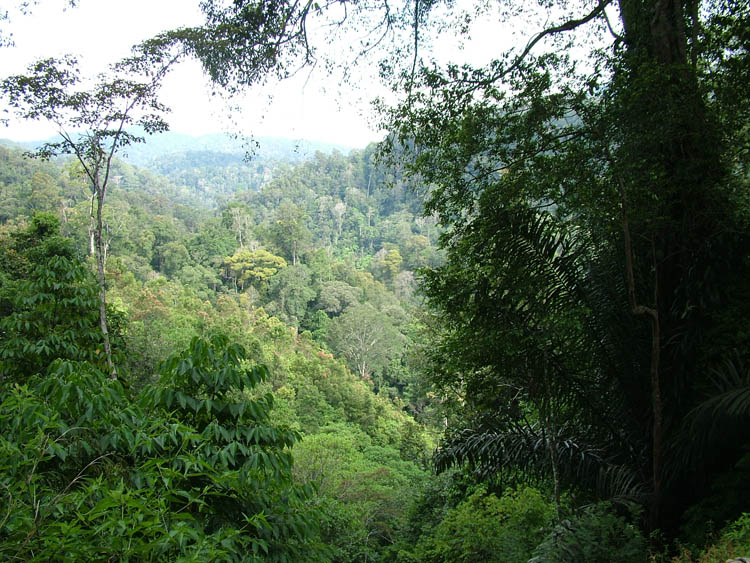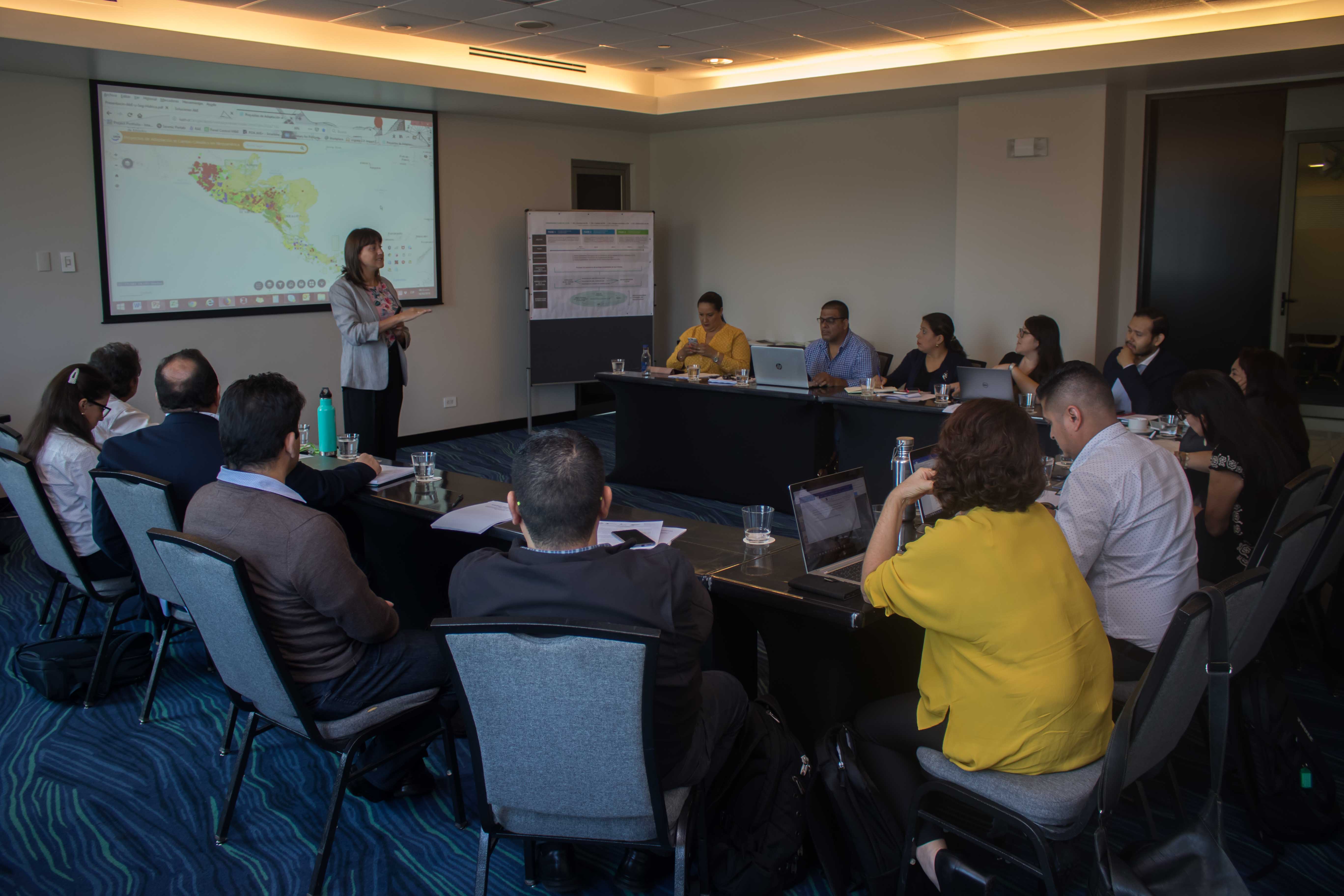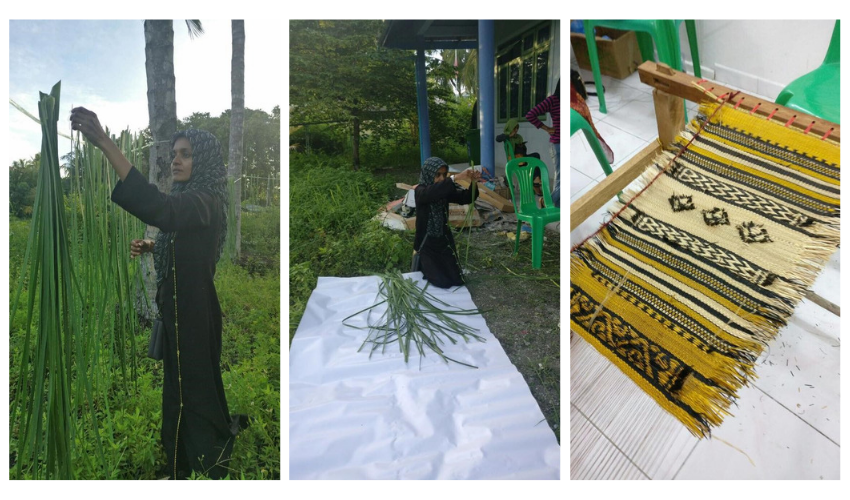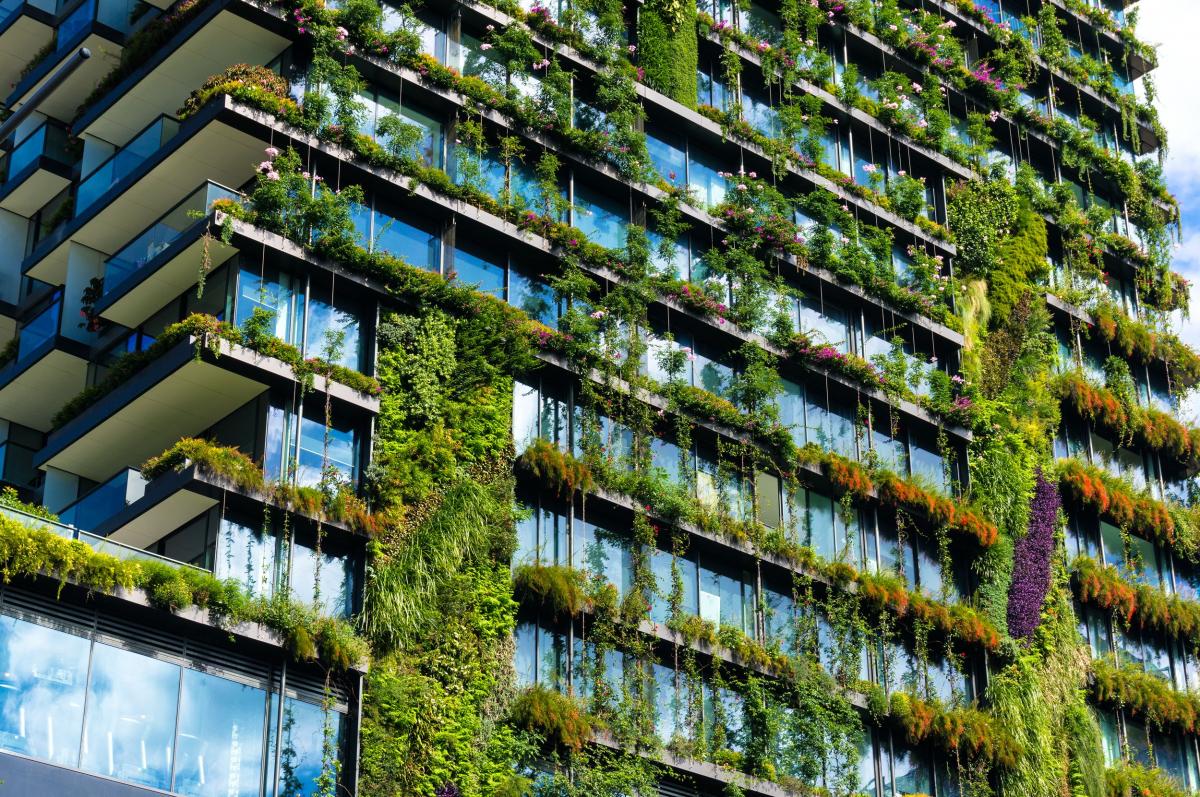Fostering stakeholder dialogues to catalyse forest landscapes in Indonesia
IUCN’s Adriana Vidal and Chetan Kumar report from a panel discussion titled Multi-stakeholders Participatory Approach – Evidence from Forest Based Landscape at the Indonesia Pavilion during UNFCCC COP22 discussions in Marrakesh, Morocco. This panel examined results from South Sumatra where land management projects are seeking to incorporate a range of issues, land uses and priorities in their action plans.

Photo: IUCN / David Sheppard
Forests serve multi-functional purposes for both humans and the environment at large. Given the complexity of these landscapes, the platforms used to gather information that feeds into action plans need to be diverse, nuanced and responsive. The deliberate management of landscapes is what drives sustainable development, and multi-stakeholder platforms form the basis for this. This session, focusing on the application of these platforms in Indonesia, began with a representative of the Governor of South Sumatra highlighting his country’s commitment to green growth and its goal to reduce 29% of greenhouse gas (GHG) emissions through REDD+ interventions.
Professor Dr. Damayanti Buchori, MSc., then spoke about how Indonesia’s green growth strategy focuses on bringing together multiple voices at the landscape level; including representatives from the palm oil and mining sectors, and communities. State owned lands were added to the discussion, and there was also a thrust towards enhancing High Conservation Value Areas. For communities, she mentioned that the central focus was on implementing Sustainable Forest Management practices. She then stressed the need to align these projects with existing national policies on peatland conservation and fire management.
Introducing forest landscape restoration (FLR) as a viable solution for meeting the competing demands of the environment and local communities, Dr. Chetan Kumar spoke about the infrastructure needed to organise and convene discourse between stakeholders. He reflected briefly on the ‘magic’ needed to turn a diverse, contentious group of organisations and individuals into a productive collaborative that can effectively mobilise the transformation of a landscape to meet multiple goals. He highlighted points touched upon by other speakers, saying that a patient, iterative process of identifying stakeholders, their interests, building trust and empowering weak stakeholders was important. Dr. Kumar’s statement was supported by Fitrian Ardiansyah, Indonesian Country Director, IDH, who emphasised the need to move beyond dialogue by designing well-structured policies that cover issues such as land tenure so that stakeholders operate under a common umbrella. He highlighted the need to test different approaches to zero-in on the most suitable one for a landscape.
Dr. Sonya Dewi, Indonesia Country Programme Coordinator, ICRAF-CGIAR, followed by saying that sustainable and equitable growth, resilience, maintenance of ecosystem services and the reduction of GHG emissions are the pillars of green growth strategies. An essential component of this is identifying and developing strategies that move the dial from business as usual practices. Participatory strategies that focus on increasing sustainable agricultural practices, improving access to capital and facilitating effective forest FLR are at the crux of this.
A running theme throughout the discussion on diverse stakeholders was the importance of recognising and addressing gender roles. Dr. Kumar provided an example from Sanzara district in Uganda, where a gender-responsive FLR initiative brought together national and local agencies, community representatives and U.N. agencies to determine a plan for the landscape. The discussion concluded with a presentation Dr. Helmut Dotzauer, Program Director, GIZ, on two GIZ projects in Indonesia and the potential for agriculture and timber to achieve significant emission reductions. He concluded the session by stressing the importance of maintaining and enhancing connectivity between forests.
You can read more on IUCN at COP22 updates here. Stay tuned on our climate change website, and IUCN Global Forest Programme Twitter account and Facebook page for the latest news; and an exciting announcement slated for November 14, 2016.



